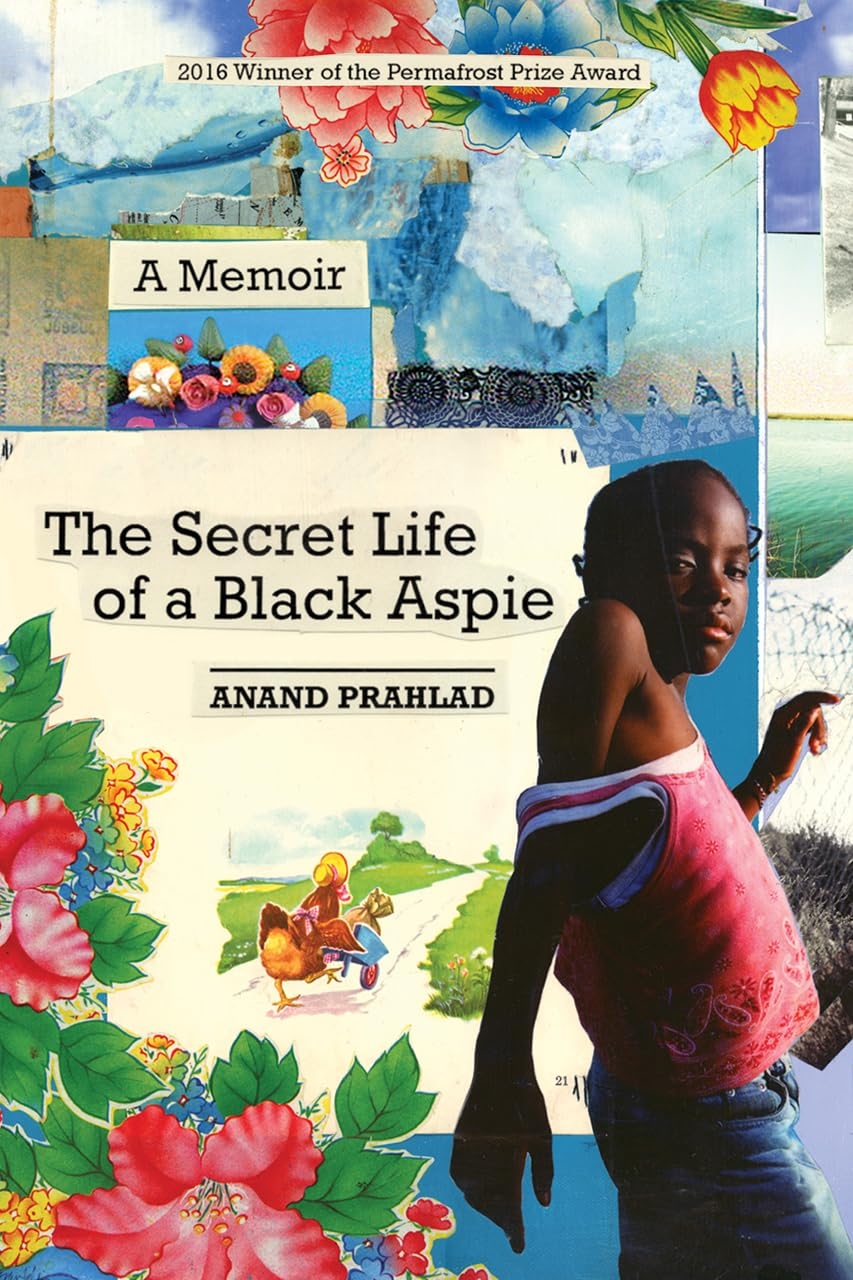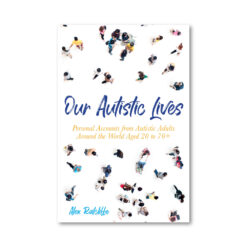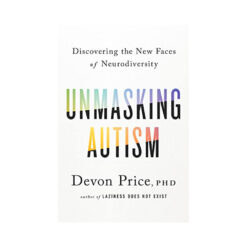Author Anand Prahlad is an American poet, musician, folklorist and neurodiversity and autism advocate as well as the director of creative writing at the University of Missouri. His memoir chronicles his life as a Black autistic man growing up in the South.
From Goodreads:
Anand Prahlad was born on a former plantation in Virginia in 1954. This memoir, vividly internal, powerfully lyric, and brilliantly impressionistic, is his story.
For the first four years of his life, Prahlad didn’t speak. But his silence didn’t stop him from communicating—or communing—with the strange, numinous world he found around him. Ordinary household objects came to life; the spirits of long-dead slave children were his best friends. In his magical interior world, sensory experiences blurred, time disappeared, and memory was fluid. Ever so slowly, he emerged, learning to talk and evolving into an artist and educator. His journey takes readers across the United States during one of its most turbulent moments, and Prahlad experiences it all, from the heights of the Civil Rights Movement to West Coast hippie enclaves to a college town that continues to struggle with racism and its border state legacy.
Rooted in black folklore and cultural ambience, and offering new perspectives on autism and more, The Secret Life of a Black Aspie will inspire and delight readers and deepen our understanding of the marginal spaces of human existence.
Good to know:
- 240 pages.
- An Amazon Kindle version is available.
- Borrow at your local library.
Anand Prahlad ![]() is a poet, musician, folklorist and neurodiversity and autism advocate.
is a poet, musician, folklorist and neurodiversity and autism advocate.
Instagram: @theanandprahlad
Website: prahladauthor.com






K. Harkins –
Reading this book is like listening to an oral story, reading a book of poems, and living inside an impressionistic painting all at once.Most memoirs are a series of events through a person’s life: here are the parents, here is the young child growing up, here is the child becoming an adult and making choices and having a life. And here are a few descriptions of things along the way, but the descriptions are incidental to the story being told. This memoir is not like these other memoirs. Here, the events happening in the author’s life are almost incidental. You learn some of the things that have happened in the author’s life, but it is as if you’re wandering in a forest or through an underwater world experiencing what it’s like there and hearing of the author living a life somewhere far away from where you are. The events of the author’s life are background, the descriptions are what matter. Here are many splotches of color and taste and tactile sensations and more, and when you put them together you have images to look at and touch and experience and feel, but without always putting names to everything you experience.What is a book? What is a story? What is a memoir? What is a poem, or oral literature, or an impressionistic painting? I don’t know. The author has taught folklore, so maybe he has some idea. But his idea might not be quite like the ideas of other people because neither is the author.How do you analyze or describe a book like this one? I don’t know. Maybe you don’t. Maybe that’s the point.(This review is written by Andrea Shettle using my wife’s Amazon account because this is the one I use to buy all my kindle books.)
Lauren Melissa –
As an autistic person of color, I resonated so strongly with Prahlad’s memoir. As the author requests, this book is to be taken literally, and I literally felt seen in his thoughts and words. Each chapter is a new story, sometimes told out of time, and each story draws the reader into a unique experience–one that every autistic can see some glimmer of a mirror within.
Amazon Customer –
This was a great read! I’m so happy I picked up this book!My book arrived just as described and securely packaged. I really appreciate that it arrived so well protected in a bubble mailer with the book itself wrapped in paper for extra protection.
Lindsay Ferguson –
My heart was heavy the whole wag through. The writing is poetry. Will be good for a group discussion. This man has Bern through a lot and I know has so much more to say.
Amazon Customer –
I loved the eloquence of this book, it is so well written and the use of description and symbolism resonates with me. It helped me understand autism better and gave me insight to the disorder.
Dianna O’Brien –
Reading the book was like eating exquisite ice cream, each word, each page, each chapter another explosion of compassion, understanding and discovery. Through this book I saw small parts of myself, like my visceral reaction to too much sound and movement. But it also let me see that we can all move through a much more challenging version of seeing the world with grace and love. This book gave me a deep, amazing visit into the world of Asperger’s syndrome, showing it like a sparkling diamond with ups and downs, but always shining with love.
dqh –
Unfortunately this author says he “has” Asperger’s”, calls himselft an “Aspie”; but what he really has is a sensory processing, sensory integration disorder. He writes about having no memory of things even from yesterday — Aspies have prodigious minds, they remember many details for decades! He says he does not see things in pictures — like the most famous Aspie — Temple Grandin and many others of us. He writes about how he tastes experiences — most Aspies have great difficult with such sensations in their mouths’ but not in the way this author has it. Granted there is a variety of the intensity of the Aspie traits; but not like the author. He’s been given the wrong label. He is not the first person that has gotten an incorrect disagnosis. Whether the person who diagnosed him did not know of the sensory processing disotrider category; or just threw him into the Autism Spectrum Distorder and decided he was an Aspie — that person is incorrect. Written by a REAL Aspie — who is close to the author in age.
doublegregg –
I was quite excited when i literally chanced upon this book in my library. it’s under biography — not autism, which is where i would’ve expected to find it. And it’s an aspie of color – i actually have met one aspie of color (she’s black). However reading the book – i’m an aspie, and i often skip the first few sections of biographies. that’s because they are all exactly the same: the parents of the person the biography about meet, have children, what it’s like growing up, influences in childhood ———- yeah, i skim those sections. i’m interested in what the person really thinks, what they experience that is different than everyone else. childhood experiences – those happen to ALL OF US. and this book was like a huge book of a lot of mundane or not so mundane experiences that seem to go on and on. i suspect pretty much as mr. prahlad’s mind looks at the world. i think he could’ve used a better editor. if you want to read about asperger’s, may also try J E Robison or, of course, Temple Grandin.
Ultraviolet –
Lyrical, mystical and profoundly true
This unique memoir erupts from the page in a blaze of glorious colour; a celebration shot through with pain, insight, honest struggle and tumultuous history. To be given such full and intimate access to a fascinating inner world is privilege indeed. There are matter of fact descriptions of coping as an autistic person in a neuronormative world with racism as an ever present backdrop. In terms of autistic living, the concept of monitoring social energy the way a diabetic monitors blood sugar stood out for me. I loved the author’s use of colour and of the blending and blurring together of sensory input especially in his descriptions of the spirits who have always been with him, and the nature studies of his childhood. A sumptuous, thought provoking read.